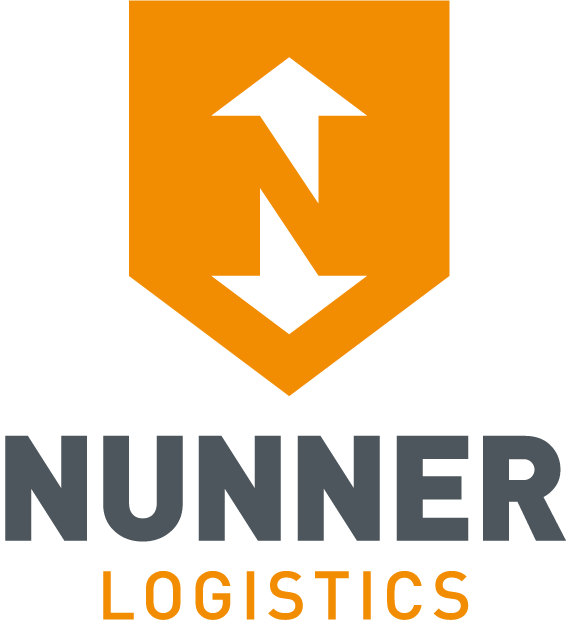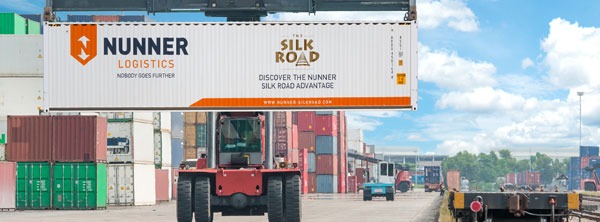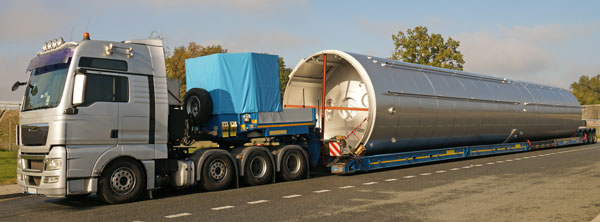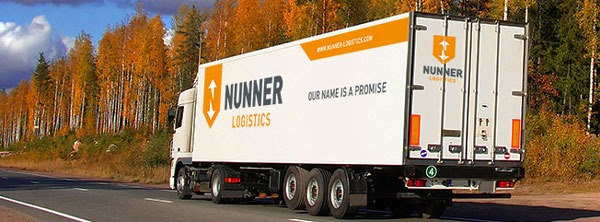
Nunner strengthens and expands its service to the Kingdom of Saudi Arabia and strengthens its infrastructure in the region
It was great to further promote and develop BAERBERGH ADVENTURE CAPITAL’s activities in Dubai and Saudi Arabia with our local representative Dr. Muddassir Ahmed last week.







